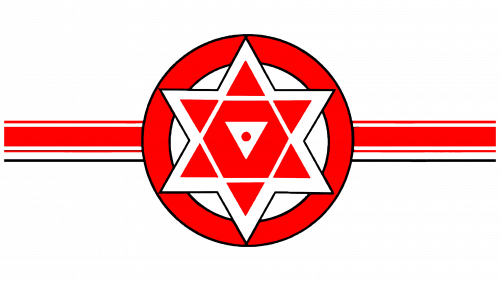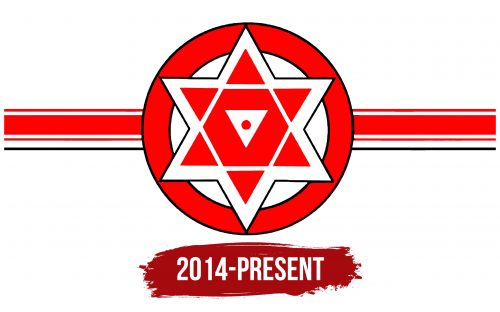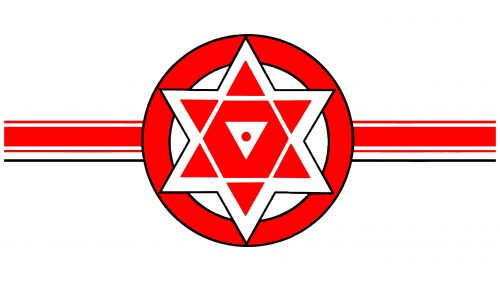Jana Sena: Brand overview
Pawan Kalyan, a prominent figure in the Telugu film industry, founded Jana Sena Party in 2014. The party was founded in Hyderabad, Telangana, and its main objective was to fight and eradicate political corruption while advocating for the betterment of society.
Prior to founding Jana Sena, Pawan Kalyan actively supported the Telugu Desam Party (TDP) during the Andhra Pradesh elections in 2009. However, a change in political views led him to form his own party in 2014. In the subsequent Andhra Pradesh and Telangana state assembly elections in 2014. “The Jana Sena partnered with the BJP and the TDP. Though they did not contest any seat, their influence was visible in the share of votes they garnered.
Five years later, in the 2019 Andhra Pradesh elections, the party collaborated with CPI, CPM, and BSP, presenting itself as a kind of third front. This time, their efforts yielded better results: they won a seat in the legislature and marked their presence with 7% of the votes, positioning themselves as the third dominant party.
Under the leadership of Pawan Kalyan, the Jana Sena, especially in the face of the influential Kapu community, has consistently expressed concern over pressing issues such as rising unemployment, farmers’ problems, and rampant corruption. The party’s manifesto also calls for a ban on the sale of alcohol. Pawan Kalyan’s star power and his persuasive oratory skills have been crucial in attracting the youth and expanding the party’s position in Andhra Pradesh and Telangana.
By 2023, the Jana Sena, with its progressive vision and dynamic leadership, aims to expand its horizons and establish itself as a leading political entity in Telugu-speaking states.
Meaning and History
2014 – today
The logo’s centerpiece is the so-called Seal of Solomon, occupying the entire space with its classic elements. It features a hexagram made of triangles with rays, a hexagon at the center, and a circular frame that encloses the six sharp tips. A unique aspect of this design is the placement and number of dots: there’s only one dot positioned in the middle of the triangle. The figure is highlighted in red and white, creating a striking contrast. Surrounding the seal is a thin black line serving as a delicate frame. Beyond this circle with the star, several horizontal stripes add depth to the background.
Using ancient symbols and a simple yet effective color scheme, this logo’s design conveys a sense of timelessness and significance. The Seal of Solomon, often associated with wisdom, protection, and the mystical, is rendered here with a modern twist that retains its traditional roots. The singular dot in the center of the triangle might symbolize unity or a central focus, further emphasizing the logo’s meaningfulness. The contrasting colors of red and white draw the eye and add to the logo’s visual impact, while the black framing and horizontal stripes provide a clean finish. This logo stands out for its blend of historical symbolism with contemporary design elements, making it memorable and powerful.





